
NYC Planning
A map of the proposed East Side Coastal Resiliency Project
The de Blasio administration has a plan to shore up the Lower East Side’s defenses against rising seawaters. It will also rebuild the largest park in Lower Manhattan. There will be 40 acres of greenspace. The park will have eight baseball fields, three soccer fields and a running track. There will be a multipurpose field, four-and-a-half basketball courts and 12 tennis courts, according to the project’s website.
So what’s not to like? Both of the community boards in whose districts the project falls have approved it, but conditioned their “yes” votes on extensive lists of conditions.
Meanwhile, some stakeholders are upset that, with little warning or explanation, last year the de Blasio administration ripped up a different plan for the same space that it developed in concert with the community over a four-year period.
And while the new plan offers a faster building timeline, it requires the total closure of a key park in a part of the city starved for open space – and some in the neighborhood are skeptical that the shutdown will expedite the project as the city claims.
A hearing on the East Side project is scheduled for Wednesday evening.
Two miles of coastline
The East Side Coastal Resiliency (ESCR) Project is an initiative of coastal protection funded by New York City and the federal government. The project aims to reduce flooding from coastal storms and the rise of sea level on the East Side. This protection stretches from Montgomery Street to East 25thStreet, that is 2.4 miles of coastline protection.
ESCR is led by the New York City Department of Design and Construction (DDC), the Department of Parks and Recreation and the Mayor’s Office of Recovery and Resiliency. There are other departments working in this project such as the Department of Environmental Protection (DEP), the Department of Transportation (DOT), the Department of City Planning (DCP), and the New York City Economic Development Corporation (NYCEDC). The city hired AKRF, a consultant team that has experts on waterfront and coastal engineering, stormwater management, and landscape architecture.
The project was a priority in Mayor de Blasio’s One New York: The Plan for a Strong and Just City and in Rebuild by Design, a competition that was sponsored by the Department of Housing and Urban Development (HUD) during the Obama administration. HUD is supplying $338 million to the project via its Community Development Block Grant disaster recovery fund. On top of that, the city allocated some of its own money to cover the current plan’s total cost of $1.45 billion. The original plan cost $760 million.
A community plan, and then a change
It was an accomplishment when the community of the Lower East Side and the city agreed on a plan for resiliency. The effort took around four years.
In the original plan, the city was going to build multiple berms, floodgates or a small shelf of land next to the FDR Drive. The purpose of this would have left the East River Park as a sponge when a major storm hits. Then park would’ve taken the hit instead of the nearby homes.
On September 28, 2018, however, the de Blasio administration issued a press release announcing it was pursuing a new plan for some of the East Side Resiliency Project. Some of the community plan survive intact. But about 70 percent of it changed.
According to a spokesperson for the Mayor’s Office of Resiliency, under the original design, “the flood barrier was to be constructed on the inland side of the East River Park, adjacent to the FDR drive.” It would’ve taken the form of a wall around 8 or 9 feet. It would’ve been landscaped to look like a hill from the park.
But with the revised design, the whole East River Park will be elevated eight feet. It will move the flood barrier to the water’s edge. The spokesperson went on the say that there will not be any changes in the number of softball, soccer and multipurpose turf fields. The city’s main reason for making the change was because they wanted to accelerate the construction process and have less traffic disruption.
Construction is set to begin in spring 2020 and will be finished by the summer of 2023.
The revised plan will also, the administration says, permit a better connection to East River Park for members of the community. The plan will permit building a Flyover Bridge for the East River Greenway.
Other elements of the plan include a potential ferry landing, kayaking amenities and cultural facilities in order to create a more vibrant neighborhood.
Boards approve, with conditions
The northern part of the project is in Community Board 6, which approved the ESCR project with 43 votes in favor on June 12. Molly Hollister, the chair of Board 6, has said the community received the plan well. Still, the board did apply some conditions to its approval. Some concerned the need for noise and dust mitigation around the construction site. Another tasked the Department of Transportation with developing a plan to address the narrowed lanes by East 20thstreet that will allow passing along the street once construction begins.
The southern part of the project, which encompasses East River Park, falls in Community Board 3. The board approved the project with 33 in favor and 2 against it on June 2019.
Just as with Community Board 6, Board 3 approved the project but had a laundry list of conditions. Some of the conditions were for the city to provide details on open space mitigation and to have specifics on a timeline for alternative recreation options. The board also wants the plan to take into account what sea levels will be in 2100, not just the current target date of 2050. The board also wants the city to agree to update its members on construction, hold community meetings like town halls, and create a Community Advisory Group made up of community and institutional stakeholders. (The full set of conditions can be found here; it is item 6 at the end of page 7.)
Wednesday’s hearing is likely to witness substantial skepticism about how the revised plan will impact the park.
Worries about the timeline
Charles Krezell, the co-founder and president of LUNGS (Loisaida United Neighborhood Gardens), was in disbelief last fall when he heard about the city’s new plan. “No one was prepared for it,” he says.
He is unsure that this project can be completed in just three years and worried that it will stretch beyond the current terms of elected officials who will approve it, diffusing accountability. “No one else [in city office now] is going to be in office at that point, so it’s going to be very difficult, the city can walk away, the city can run out of money, anything can happen,” he says. “We can have a flood tomorrow, there’s no barrier to protect us from anything.”
Even though both community boards endorsed the plan, Krezell vows to contest the project. “This battle is not over, I think there are still people organizing and we’re struggling to push the city as much as we can,” he says. “I’m sorry we have to spend all our energy in trying to get the city to do the right thing to protect this community,” he says. “But the community is not going to lay down and let them walk over us.”
There are specific concerns about the Lower East Side Ecology Center, an organization that provides composting and e-waste services to New Yorkers and is located in the park. The city has not recognized or addressed the future of the center, and it is unclear what will happen once construction begins. Christine Datz-Romero, who is the co-founder and executive director of the center, says she was in disbelief when she found out the change of plans. “The entire community is still trying to understand why this decision was made to really change the plan so radically,” she says.
Get the best of City Limits news in your inbox.
Select any of our free weekly newsletters and stay informed on the latest policy-focused, independent news.
Romero says that city has not provided a reason for why the center was not included. The Parks Department is helping in finding a temporary home during construction, but as of right now, nothing has been finalized. Romero says that the department is finding an alternative space for their education program, but the center would prefer to stay in the Lower East Side. The department is also looking for space for their composting program. “We’re making progress, we want to stay here in the Lower East Side because that’s really the community we’ve been serving and have that have ties for decades now.”
A major demand from organizations calls for phased construction, but the city has not provided a clear answer as to whether it will embrace this option. Phased construction would close down sections of the park instead of the whole thing, so at least parts of it could be used while construction takes place.
According to the DDC, they are looking for ways on how to implement phased construction as it is something the community wants. The idea is brought up constantly during meetings with the community.
“Sometimes in the darkest moments, they’re not making any firm commitments and I feel very anxious about that fact,” Romero says. “I fear that they’re just pacifying people right now by acknowledging that they have heard the concerns and they’re looking into it but not making some commitment.”
Emily Curtis-Murphy, the park manager for SolarOne and a member of the East River Alliance, says that the community is not against a plan for resiliency but they want the city to be transparent with their plans and have the voices of the community heard.
“I don’t think that anyone in the East River Alliance is opposed to the East Side Coastal Resiliency Project overall,” she says. “We just have a lot of questions about the new approach.”


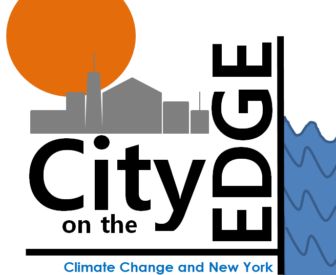
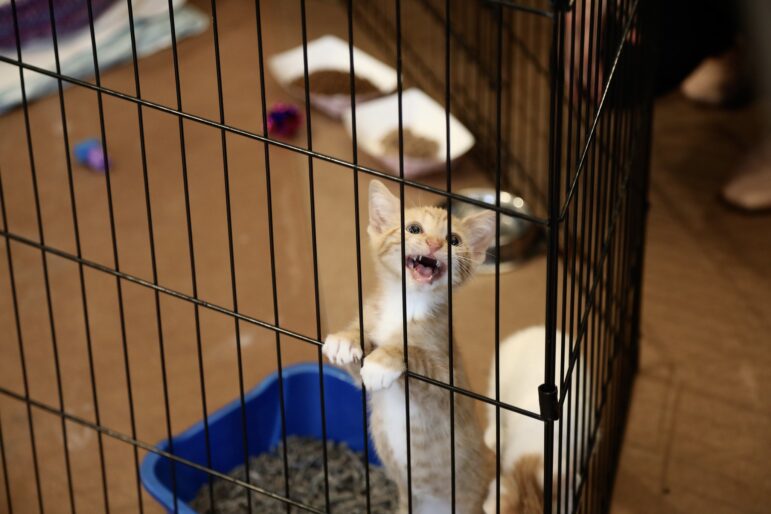
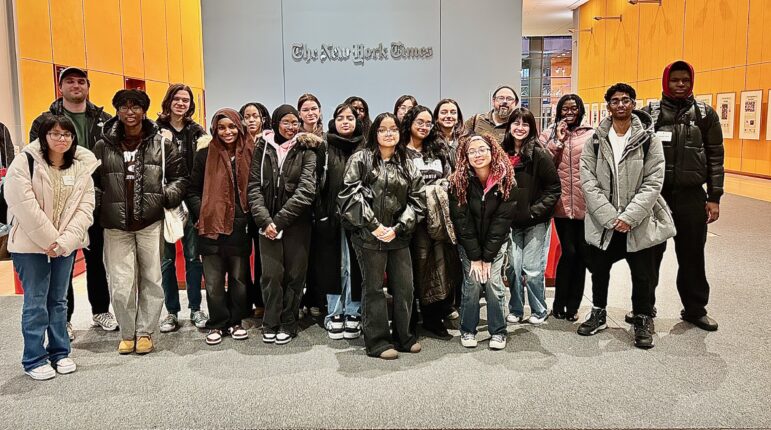

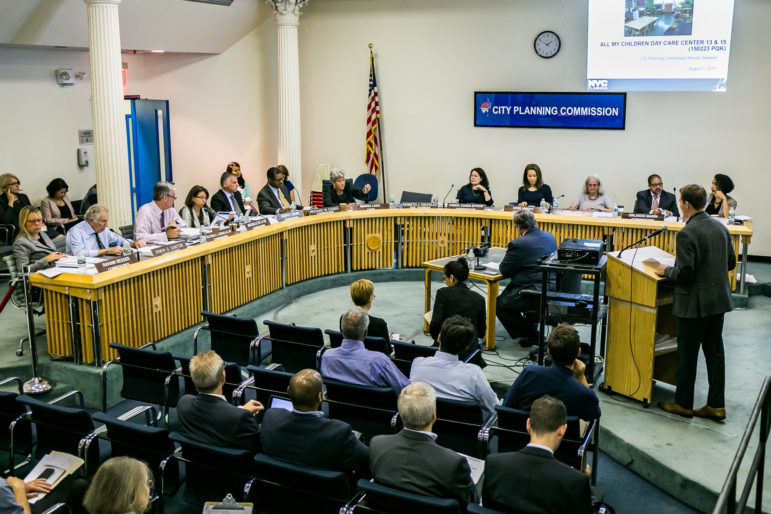
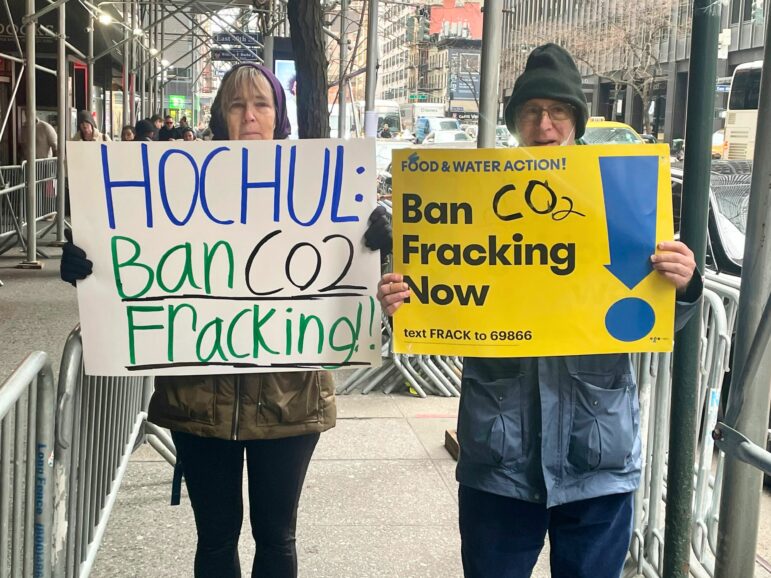


2 thoughts on “East Side Resiliency Plan Faces Key Hearing”
To say all or even many East River Alliance members support the East Side Coastal Resiliency plan is inaccurate. Many many deeply oppose the plan that completely closes and destroys the park for years, does not employ best practices for flood control–which would involve a resilient coastal park that could be flooded with berms protecting the neighborhood, and a city agency that has provided an insanely unrealistic timeline for completion and reopening. During the construction process, there will be no flood protection, not even temporary barriers.
The organization has supported changes to the ESCR, but the city is not responding with any real change. Many of us in the nearby neighborhoods have no faith in the ESCR or that the city will make modifications. It’s time to dump this plan and revisit the plan the community actually liked and that was approved.
to me this just seems like an excuse to have “Battery Park Cities” all across the shorelone, just like they have tried to do every couple years since the 1966 Plan for Lower Manhattan was created by the Lower Manhattan Association started by David Rockefeller. They now call themselves the Downtown Aliance and are supported with donations from foreign corporations, Banks, Financial Institutions, and especially, domestic but mostly foreign, real estate moguls.
There has been a plan from various organzafions. Do a Google search for “the lower Manhattan plan” and then Look at the maps for there plans from 66 to the early 2000’s
They seem especially determined to erase our Public memoey., more so on the Lower East Side, including from the Seaport all the the way up to the East village. Especially the South ST Seaport, an example will be “Seaport City” proposed by Bloomberg and then De Blasio early on.